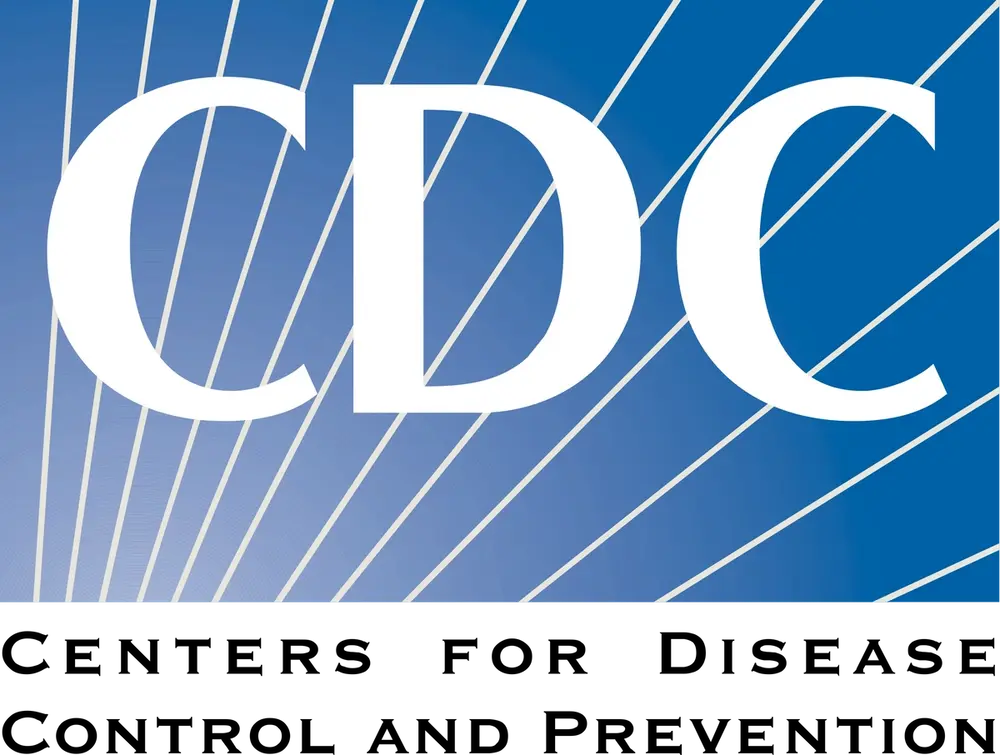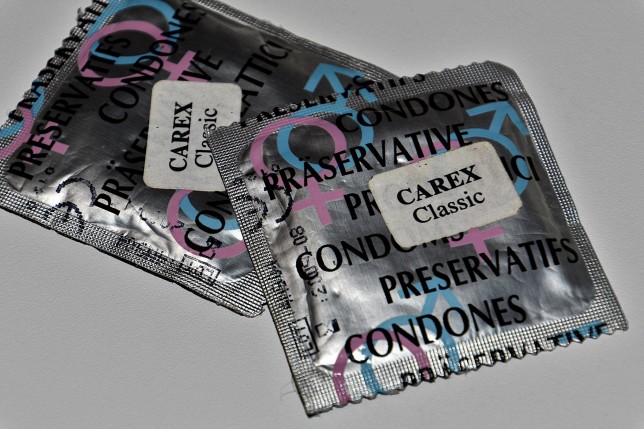Stop us if you’ve heard this one before.
The US Centers for Disease Control and Prevention (CDC) released its surveillance figures for sexually transmitted diseases (STD) nationally in 2020 and the numbers were, to put it mildly, troubling. To wit:
nearly 678,000 new cases of gonorrhea across the country that year, or a 45% increase over 2016;nearly 134,000 new cases of syphilis, a 52% rise over 2016; and,perhaps most troublingly, nearly 2200 new cases of syphilis among newborns.
The findings echo those of the surveillance report for 2019, which also documented rising trends for these diseases.
“Healthcare professionals have recognized the STD epidemic for a long time and this report from the CDC only strengthens the notion that we need to continue to diagnose, treat, and prevent these infections in creative, feasible, and effective ways,” Lauren S. Chernick, MD, MSc, associate professor of pediatrics in emergency medicine at Columbia University College of Physicians and Surgeons in New York City, told Contagion.
Chernick was not involved in the CDC surveillance report but has researched the impact of STDs in younger populations.
“We need to encourage providers in all areas of care to take routine sexual histories and offer expanded routine STD testing services to any patient who may be at risk,” she added.
What is arguably most striking about the CDC data for 2020 is in the context. Yes, the US has seen rising in infection rates for many of these diseases over the past decade or so, but 2020 was the beginning of the COVID-19 pandemic, meaning at least for part of the year, schools, bars, and restaurants—as well as virtually any other setting where sexually active people might, well, mingle, and potentially spread STDs—were closed.
And yet, cases of these STDs rose considerably.
CDC officials attributed the unrelenting rise to STD prevention services being disrupted by the pandemic as well.
“The COVID-19 pandemic put enormous pressure on an already strained public health infrastructure,” Jonathan Mermin, MD, MPH, director of CDC’s National Center for HIV, Viral Hepatitis, STD, and TB Prevention, said in a statement. “There were moments in 2020 when it felt like the world was standing still, but STDs weren’t.”
Indeed, the agency said, reduced frequency of in-person healthcare services resulted in less STD screening nationally, while the diversion of public health staff from STD work to the COVID-19 pandemic also contributed. In addition, STD test and laboratory supply shortages were reported, it said.
“As access to comprehensive sexual health services improve and STD testing increases, we are seeing increases in STDs that were unable to be diagnosed during the pandemic,” Chernick said. “[So] cases are rising, particularly among adolescents and young adults. We need innovative strategies that find these adolescents and young adults where they are—in schools, in music festivals, in the emergency departments—and implement educational and motivational interventions that increase condom use and STD prevention.”
The sooner the better because the numbers don’t lie.
Discovered on: 2022-06-08 12:45:33
Source: New CDC Surveillance Report Documents Continued Rise in Some STDs



